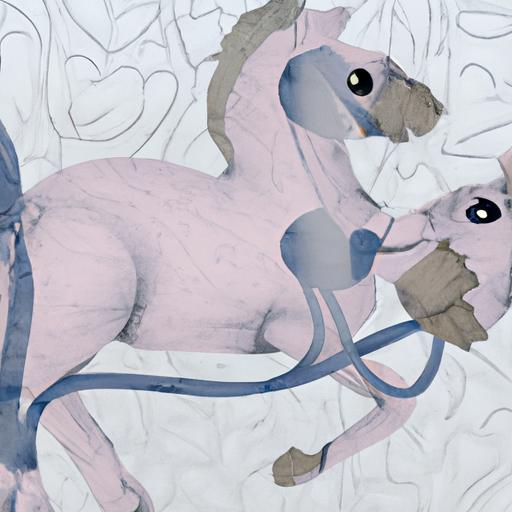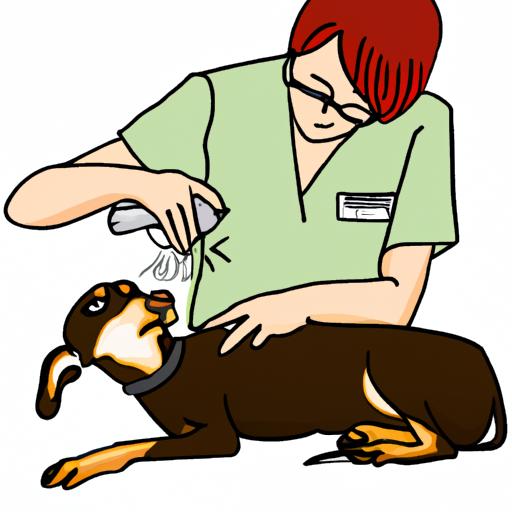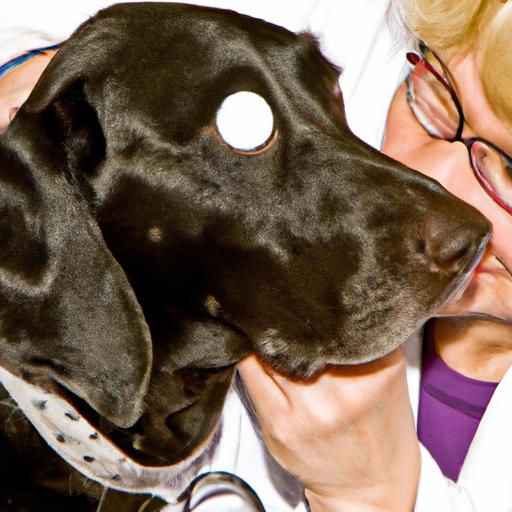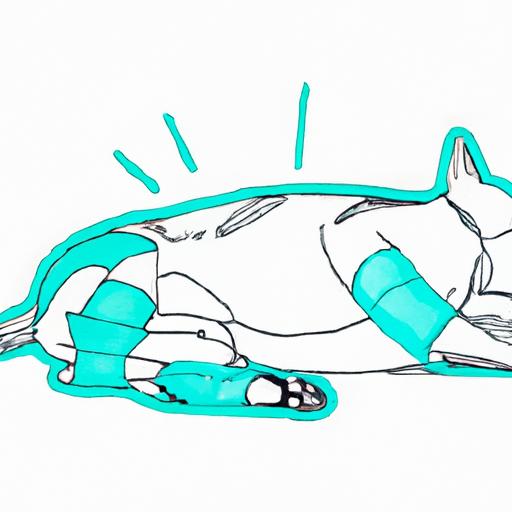
Canine Necrotizing Fasciitis: Recognizing Tissue Infections
Discover the signs, risks, and treatment of Canine Necrotizing Fasciitis. Learn to recognize tissue infections in dogs for early intervention.
Introduction
As dog owners, we understand the love and care we have for our furry companions. Their health and well-being are of utmost importance to us. However, there are certain conditions that can pose a serious threat to our canine friends, one of which is canine necrotizing fasciitis. In this article, we will explore the ins and outs of this tissue infection, understand its implications, and emphasize the significance of early recognition and diagnosis.
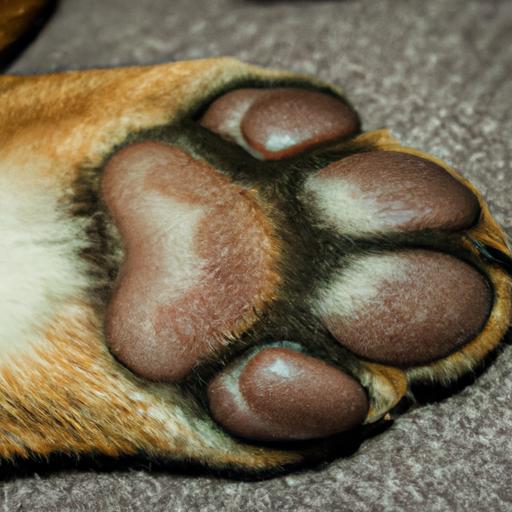
Understanding Canine Necrotizing Fasciitis
Canine necrotizing fasciitis is a severe and life-threatening infection that affects the deeper layers of a dog’s skin, subcutaneous tissues, and fascia. It is characterized by rapid tissue destruction and the spread of necrosis. This infection primarily occurs due to the invasion of bacteria, most commonly Streptococcus, into the body through a wound or an open sore.
Causes and Risk Factors
While any dog can potentially develop canine necrotizing fasciitis, certain factors increase the susceptibility to this infection. Dogs with compromised immune systems, such as those suffering from diabetes or cancer, are at a higher risk. Additionally, dogs with wounds, injuries, or recent surgical sites are more prone to contracting this infection. It is crucial to be mindful of these risk factors and take appropriate precautions.
Symptoms and Clinical Signs
Recognizing the symptoms and clinical signs of canine necrotizing fasciitis is vital for early detection and prompt treatment. Some common indications include severe pain, swelling, redness, and warmth around the affected area. The infected site may also exhibit a foul odor, and the dog may show signs of discomfort, such as limping or reluctance to move. It is important to carefully observe any changes in your dog’s behavior and seek veterinary assistance if you notice any of these symptoms.
Diagnostic Tests and Procedures
To confirm the presence of canine necrotizing fasciitis, veterinarians employ various diagnostic tests and procedures. These may include blood tests, imaging techniques like X-rays or ultrasounds, and tissue cultures. These diagnostic tools assist in determining the extent of the infection, identifying the causative bacteria, and guiding the appropriate course of treatment.
Frequently Asked Questions (FAQs)
Here are some frequently asked questions regarding canine necrotizing fasciitis:
Q: What are the common locations for canine necrotizing fasciitis?
A: Canine necrotizing fasciitis can occur in various locations on a dog’s body. It commonly affects the limbs, particularly the extremities such as paws and toes. However, it can also manifest in other areas, including the abdomen, perineum, and surgical incision sites.
Q: Are certain dog breeds more susceptible to this infection?
A: While canine necrotizing fasciitis can affect any breed, certain breeds may be more predisposed to developing this infection. Breeds with short coats, such as Boxers and Doberman Pinschers, are believed to have a higher susceptibility. However, it is important to note that this infection can occur in any dog, regardless of breed or coat length.
Q: Can canine necrotizing fasciitis be transmitted to humans?
A: Canine necrotizing fasciitis is primarily a dog-specific infection and is not commonly transmitted to humans. However, it is crucial to maintain proper hygiene and take necessary precautions when handling an infected dog, as there are rare cases where transmission to humans has been reported.
Q: What is the recommended treatment for canine necrotizing fasciitis?
A: Prompt and aggressive treatment is essential for managing canine necrotizing fasciitis. The primary approach involves surgical intervention to remove necrotic tissue and relieve pressure. Antibiotics are also administered to combat the bacterial infection. Pain management, wound care, and supportive therapy may be included in the treatment plan.
Q: Can this infection be prevented?
A: While it may not be possible to completely prevent canine necrotizing fasciitis, there are measures that can significantly reduce the risk. Keeping your dog’s wounds clean and properly cared for, maintaining good overall hygiene, and promptly seeking veterinary attention for any signs of infection can all contribute to minimizing the chances of this condition.
Conclusion
Canine necrotizing fasciitis is a serious and potentially life-threatening infection that requires immediate attention. By recognizing the symptoms, understanding the risk factors, and seeking timely veterinary assistance, we can minimize the impact of this condition on our beloved dogs. Remember, early detection and treatment are key to ensuring the well-being and happiness of our four-legged friends.
So, be vigilant, observe any changes in your dog’s behavior, and don’t hesitate to consult a veterinarian if you suspect a tissue infection such as canine necrotizing fasciitis. Together, we can protect and care for our canine companions, providing them with the best chance for a healthy and fulfilling life.
Remember, your dog’s health is our priority!
Disclaimer: This article is for informational purposes only and should not replace professional veterinary advice. Always consult with a qualified veterinarian for diagnosis and treatment options.


